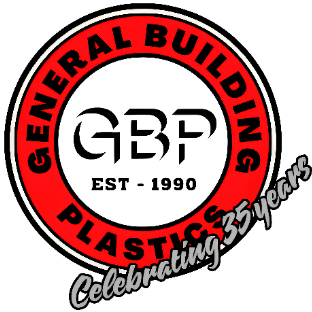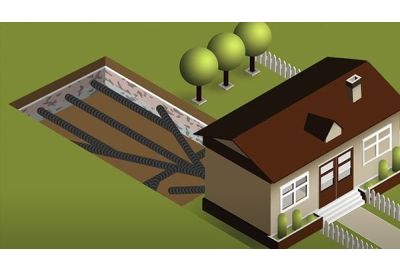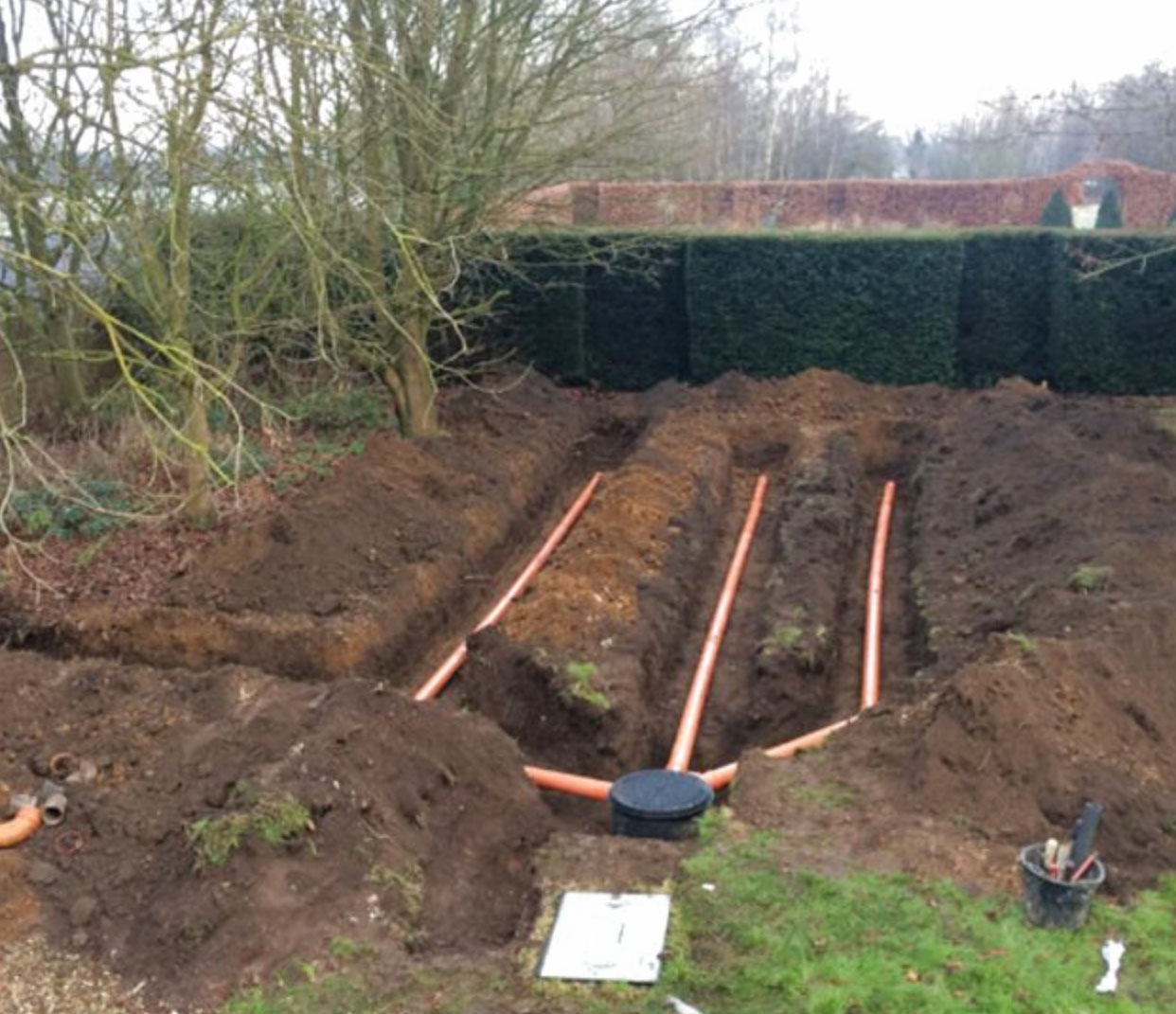Landscape Drainage Insights
Welcome to our Land Drainage Blog, your ultimate resource for understanding, solving, and preventing drainage issues on your property. Whether you're dealing with waterlogged lawns, soggy fields, or excess runoff that threatens your landscape, effective drainage solutions are essential to maintaining the health and longevity of your land. Proper drainage not only helps prevent erosion, flooding, and property damage but also promotes healthier soil and vegetation, making it a critical component of any land management strategy.
In this blog, we’ll dive into the science and practical applications of land drainage, providing expert tips, step-by-step guides, and in-depth insights to help you navigate the complexities of managing water flow on your land. From simple DIY fixes to advanced drainage systems, we’ll cover a wide range of topics tailored to homeowners, landscapers, and anyone interested in maintaining functional and beautiful outdoor spaces. Whether you’re installing French drains, exploring permeable paving options, or tackling stormwater management on a larger scale, our goal is to equip you with the knowledge and tools necessary to make informed decisions.
Drainage challenges can seem overwhelming, but with the right understanding and approach, you can protect your property and enhance its value. Throughout this blog, we’ll also explore the latest trends in sustainable drainage, eco-friendly practices, and innovations in water management. Join us as we explore the world of land drainage, providing practical advice to keep your land dry, healthy, and thriving year-round.
What Is Land Drainage?
Land drainage refers to the process of managing and directing excess water away from land to prevent flooding, soil erosion, and waterlogging. It involves the installation of systems designed to control the flow of surface and subsurface water, ensuring that water doesn't accumulate and negatively impact the land's usability or health. Land drainage can be achieved through a variety of methods, including surface drains, French drains, ditches, and underground piping systems. These systems help maintain proper soil conditions for agriculture, landscaping, and infrastructure by preventing water from pooling on the surface or saturating the soil. Effective land drainage not only protects crops and vegetation but also enhances the stability of roads, buildings, and other structures, reducing the risk of damage from water-related issues. Proper drainage is essential for managing water flow in both rural and urban environments, promoting long-term sustainability and land preservation.
Features of Land Drainage:
Land drainage systems feature various components designed to manage water effectively and maintain the health of the land. Key features include drainage pipes, often installed underground to direct water away from problem areas; surface drains, which collect and channel rainwater away from low-lying areas; and French drains, which use gravel or rock-filled trenches to redirect water into a deeper, more permeable layer of soil. Sumps and catch basins are also common, collecting water and redirecting it into drainage systems. Ditches are often used in agricultural settings to carry excess water over long distances. Additionally, permeable pavements and green infrastructure elements, such as swales and rain gardens, are increasingly incorporated into drainage designs to allow water to naturally infiltrate the ground and reduce runoff. These features work together to prevent water accumulation, protect structures, promote healthier soil, and improve the overall functionality of the land, ensuring it remains stable and usable. Effective drainage systems are tailored to the specific needs of the land, considering factors such as soil type, topography, and the amount of rainfall an area typically receives.
Benefits of Land Drainage
The benefits of land drainage are numerous and crucial for maintaining the health and functionality of the land. One of the primary advantages is flood prevention, as effective drainage systems help direct excess water away from vulnerable areas, reducing the risk of waterlogging and surface flooding. This is especially important for agricultural land, where poor drainage can damage crops and decrease yields. Drainage systems also improve soil health by preventing water saturation, which can lead to root rot and nutrient leaching. By maintaining proper moisture levels in the soil, plants and vegetation are able to thrive. Additionally, well-designed drainage helps prevent erosion by controlling the flow of water, which can wash away topsoil and damage landscapes. For properties and infrastructure, drainage provides structural protection by preventing water from pooling around foundations and causing long-term damage to buildings, roads, and pathways. Furthermore, efficient drainage systems contribute to enhanced property value, as they ensure dry, stable, and usable land, whether for residential, agricultural, or commercial purposes. Overall, land drainage improves the aesthetic and functional value of outdoor spaces, while also supporting sustainability by managing stormwater runoff and reducing the environmental impact of excess water.
Eco-Friendliness
Land drainage systems, especially those incorporating sustainable practices like permeable pavements, rain gardens, and swales, can help improve water management while reducing environmental impact. These systems promote natural water infiltration, reduce runoff, and minimize soil erosion, contributing to healthier ecosystems and supporting local wildlife habitats. By managing stormwater effectively, drainage solutions also help reduce the strain on urban water systems and prevent water pollution.
Costs
The cost of installing a land drainage system can vary depending on the size of the area, the type of system needed, and the complexity of the terrain. While initial installation may require an investment, the long-term benefits far outweigh the expense. Proper drainage helps prevent costly water damage, soil erosion, and flooding, potentially saving homeowners, farmers, and businesses significant repair and maintenance costs in the future.

Protecting Your Land with Smart Drainage Solutions
In conclusion, land drainage is a crucial aspect of maintaining healthy, functional, and sustainable land, whether for agricultural, residential, or commercial purposes. The need for effective drainage solutions has never been greater as we face increasingly unpredictable weather patterns and the growing impacts of climate change. Proper drainage not only addresses immediate issues like flooding and waterlogging but also provides long-term benefits such as improved soil health, enhanced plant growth, and the prevention of structural damage. With the right drainage system in place, you can protect your land, reduce the risk of erosion, and ensure that your outdoor spaces remain stable and usable throughout the year.
The variety of drainage methods available means that there's no one-size-fits-all solution, and choosing the right system for your needs requires careful consideration of factors like soil type, landscape, and the amount of rainfall your area typically experiences. Whether it's installing simple surface drains, creating elaborate French drains, or incorporating eco-friendly solutions like permeable paving and rain gardens, each method offers its unique advantages. What's most important is understanding your land’s specific drainage needs and making informed decisions to address them effectively.
Beyond its practical benefits, land drainage can also have a positive impact on the environment. By reducing stormwater runoff, promoting natural water infiltration, and preventing pollution, well-designed drainage systems contribute to healthier ecosystems. Eco-friendly drainage practices, in particular, offer sustainable solutions that not only protect your property but also support local biodiversity and reduce the strain on municipal water systems.
Ultimately, investing in proper land drainage is an investment in the longevity and health of your land. Whether you're looking to improve the functionality of your garden, protect your crops, or safeguard your property from water damage, effective drainage systems are essential. We hope this blog has provided you with the knowledge and insights to make well-informed decisions and take the necessary steps toward a drier, healthier, and more sustainable land. Remember, proper drainage is not just about managing water—it's about creating an environment where your land, plants, and structures can thrive, year after year.








